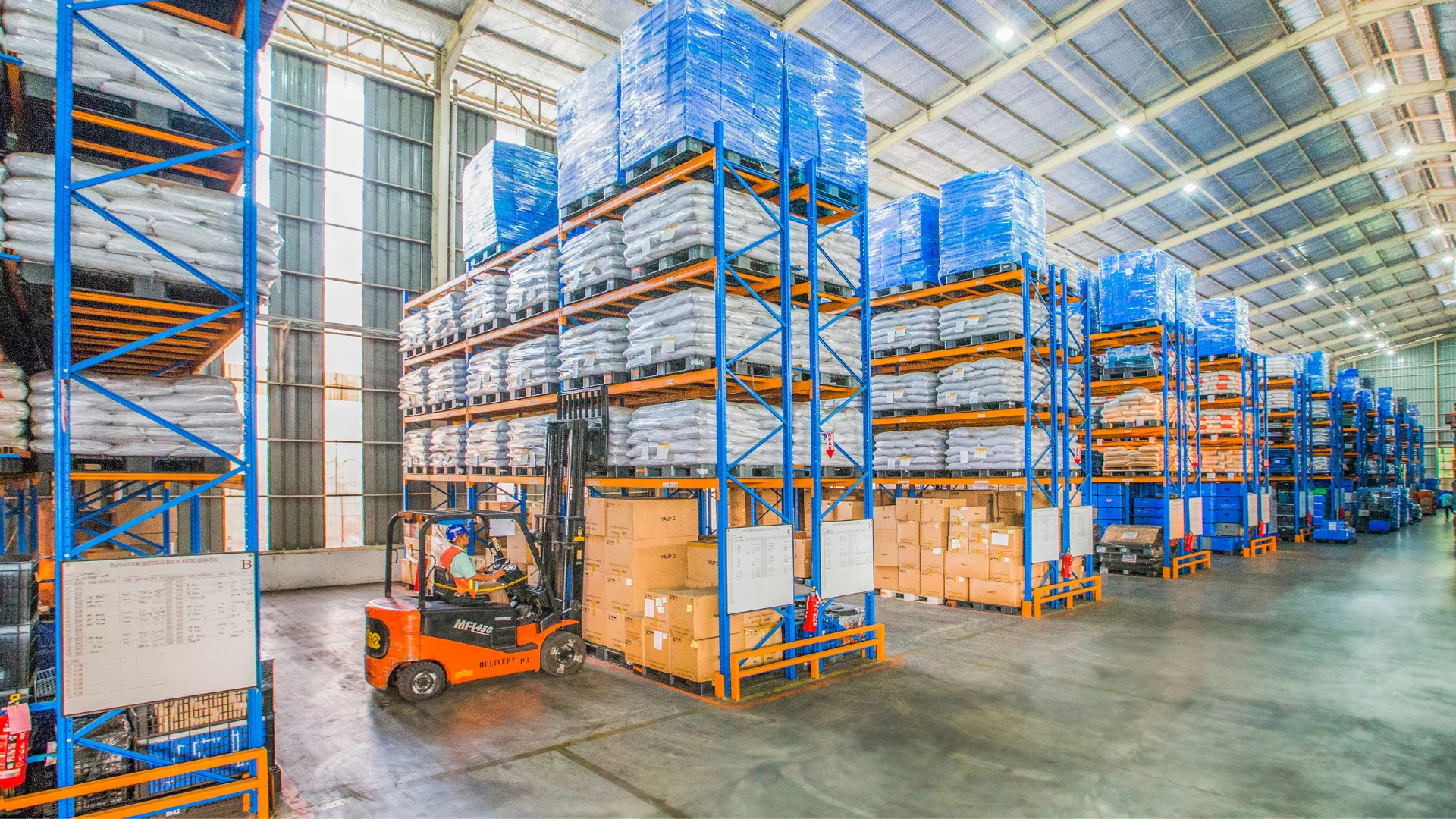Executive Summary
- Client: A leading airline optimizing ticket pricing for maximum revenue.
- Challenge: Static pricing led to missed revenue opportunities and over/under-booked flights.
- Solution: A dynamic pricing engine powered by real-time data and automated fare adjustments.
- Results:
- 18% increase in revenue through optimized pricing strategies.
- 25% improvement in seat utilization by reducing last-minute vacant seats.
- 40% faster pricing updates, ensuring competitive fares.
“With American Chase’s pricing engine, we’ve turned data into smarter pricing decisions, maximizing revenue without losing customers.”
– Head of Revenue Management
Client Background
Who They Are
The client is a major airline operating international and domestic routes. They serve millions of passengers annually, competing in a highly price-sensitive market.
Pre-Challenge State
- Relied on a manual, rules-based pricing system.
- Pricing updates were slow and reactive, causing revenue loss.
- Struggled with overbooking on peak flights and underbooking on others.
“Our legacy pricing model couldn’t keep up with demand fluctuations, leading to revenue leaks.“
– Head of Pricing Strategy
The Challenge
Pain Points
- Static Pricing Model: Prices were set manually based on historical data, lacking real-time adjustments.
- Missed Revenue Opportunities: Sudden demand spikes weren’t reflected in fares, leading to lost profits.
- Inefficient Seat Utilization: Overbooking penalties and empty seats caused financial strain.
Business Impact
- Price mismatches reduced profitability per seat.
- Inability to dynamically adjust fares led to losing price-sensitive customers to competitors.
- Excess manual workload in pricing teams, causing slow response times.
Client Goals
- Implement a dynamic pricing engine that adjusts fares based on demand, seasonality, and competitor pricing.
- Reduce reliance on manual intervention for pricing updates.
- Maximize revenue per flight while maintaining competitive fares.
The Solution
Approach
- Designed and developed a web-based dynamic pricing engine that integrates with the airline’s booking system.
- Implemented real-time demand forecasting using historical trends and current booking patterns.
- Developed an automated fare adjustment algorithm that factors in seat availability, peak times, and competitor pricing.
Key Features
- Real-Time Price Adjustments: Prices update dynamically based on demand, ensuring optimal fares.
- Competitor Price Tracking: Fetches competitor fares to maintain price competitiveness.
- Predictive Demand Modeling: Uses historical booking patterns to forecast demand surges and adjust pricing accordingly.
- Revenue Optimization Dashboard: Visual analytics for airline executives to track pricing trends and revenue impact.
Tools & Technologies Used
- Web Development: React.js (frontend), Node.js (backend)
- Database: PostgreSQL for storing fare rules and historical data
- Data Processing: Python-based pricing algorithms for real-time adjustments
- APIs & Integration: Integrated with airline’s central reservation system (CRS) via REST APIs
- Analytics & Monitoring: Power BI for fare insights and performance tracking
Implementation Process
Timeline
- Phase 1 (Discovery & Design): 4 weeks to analyze pricing gaps and create an optimization roadmap.
- Phase 2 (Development & Integration): 3 months to build the dynamic pricing engine and integrate it with booking systems.
- Phase 3 (Testing & Deployment): 6 weeks of A/B testing with different pricing models before full-scale rollout.
Team Structure
- Web developers, data scientists, airline pricing specialists, and UI/UX designers.
Overcoming Hurdles
- Ensured seamless API integration with existing reservation systems.
- Addressed airline regulations around price transparency and fare changes.
- Provided airline staff with training on using the new system.
Results and Impact
Quantitative Metrics
18%
Revenue Growth
Optimized pricing strategies maximized earnings per seat.
25%
Seat Utilization Improvement
Reduced last-minute empty seats
40%
Faster Pricing Updates
Automated adjustments ensured competitive fares.
Qualitative Benefits
- Increased Booking Confidence: Passengers benefited from fair, data-driven pricing.
- Operational Efficiency: Reduced manual workload for pricing teams.
- Market Competitiveness: Maintained optimal pricing even during demand surges.
“The new system transformed our pricing strategy, ensuring we never leave money on the table.“
– Head of Revenue Management
Project Snapshot
- Client: Airline Industry, Global
- Project Duration: 5 months
- Technologies: React.js, Node.js, PostgreSQL, Python, REST APIs
- Key Metric: 18% revenue growth
“With American Chase’s dynamic pricing engine, we no longer react to demand—we anticipate it.“
– Head of Pricing Strategy
Summary
Created a real-time fare adjustment system that boosted airline revenue by 18%.






